What Makes Chili Chili? A Flavorful Deep Dive into the World of Spicy Delights
Table of Contents
Introduction
Chili is more than just a spice—it’s a cultural phenomenon, a flavor that can warm your soul and ignite your taste buds. But have you ever wondered, what makes chili chili? The answer lies in its unique chemical composition, variety, and how it interacts with our senses. Whether you're a seasoned chef or a casual food lover, understanding the science behind spicy flavors can transform the way you cook and enjoy food.
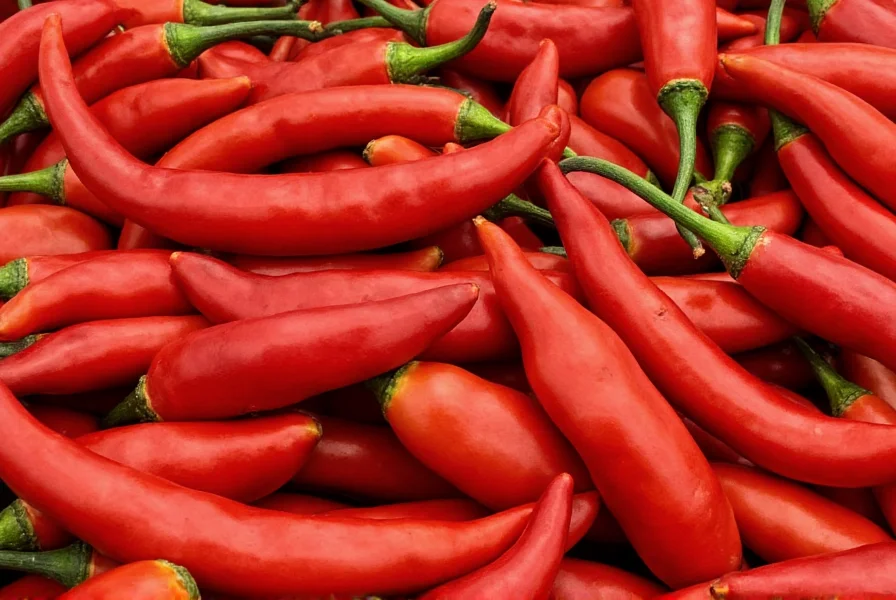
This article explores the essence of chili, from the chemistry that makes it hot to the best ways to use it in your kitchen. We’ll also include a detailed buying guide so you can choose the perfect chili for your next dish. Let’s dive into the fiery world of chili and uncover what makes it truly chili.
The Science of Spiciness
Spiciness isn’t a taste but a sensation. Unlike sweet, salty, sour, and bitter, which are detected by taste buds, heat comes from capsaicin—a compound found in chili peppers. When you eat a chili, capsaicin binds to pain receptors in your mouth and throat, tricking your brain into thinking you’re being burned. This creates the sensation of heat, which varies depending on the type and concentration of capsaicin.
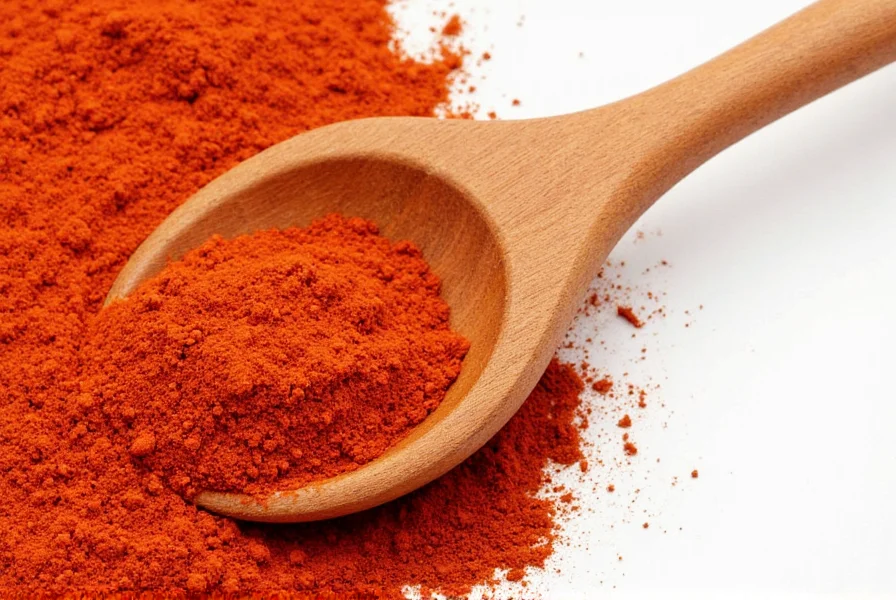
The Scoville scale measures the heat level of chilies, with pure capsaicin at 16 million Scoville Heat Units (SHU). While most common chilies fall between 100 and 500,000 SHU, some superhots like the Carolina Reaper can reach over 1.5 million SHU. So, the higher the SHU, the hotter the chili—and the more intense the experience.
Common Chili Varieties
There are hundreds of chili varieties, each with its own flavor profile, heat level, and culinary use. Here’s a quick overview of some popular ones:
| Chili Variety | Heat Level (SHU) | Flavor Profile | Common Use |
|---|---|---|---|
| Jalapeño | 2,500–8,000 | Mild, slightly sweet | Salsa, tacos, stuffed peppers |
| Serrano | 10,000–23,000 | Peppery, tangy | Guacamole, salsas, pickling |
| Habanero | 100,000–350,000 | Smoky, fruity | Hot sauces, Caribbean dishes |
| Cayenne | 30,000–50,000 | Sharp, pungent | Powdered seasoning, sauces |
| Ghost Pepper | 855,000–1,041,427 | Earthy, smoky | Spicy curries, experimental cooking |
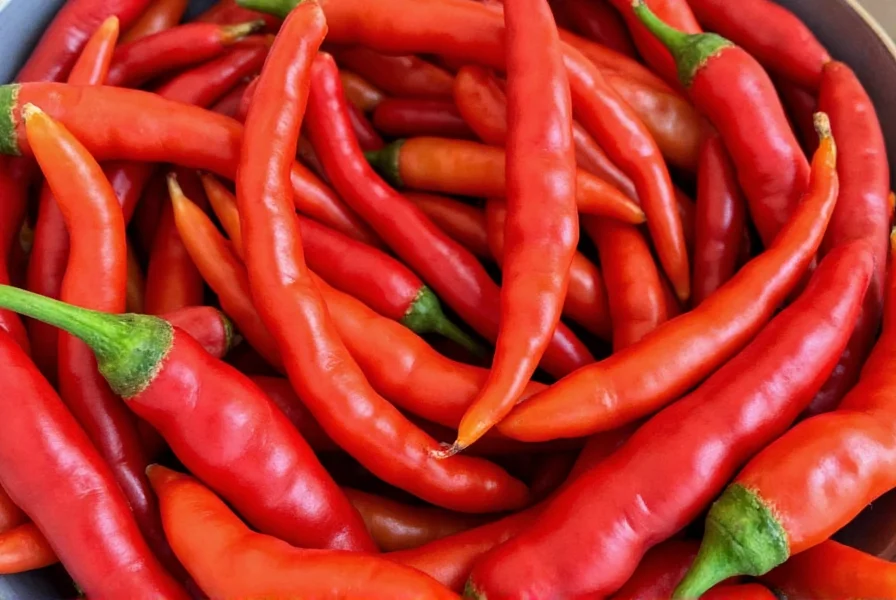
Each chili brings something unique to the table, whether it's heat, flavor, or aroma. Understanding these differences can help you make better choices when cooking or shopping.
Factors That Make Chili Chili
So, what really makes chili chili? It’s not just about heat—it’s a combination of several factors, including:
- Capsaicin Content: The main compound responsible for the burning sensation. Higher levels mean hotter chilies.
- Origin and Climate: Chilies grown in warmer, drier climates tend to be spicier than those from cooler regions.
- Age and Ripeness: Some chilies become hotter as they ripen, while others lose heat over time.
- Preparation Method: Roasting, drying, or fermenting can intensify the heat and flavor of a chili.
- Pairings: Chilies often work best with other ingredients—like garlic, vinegar, or citrus—that enhance their natural qualities.
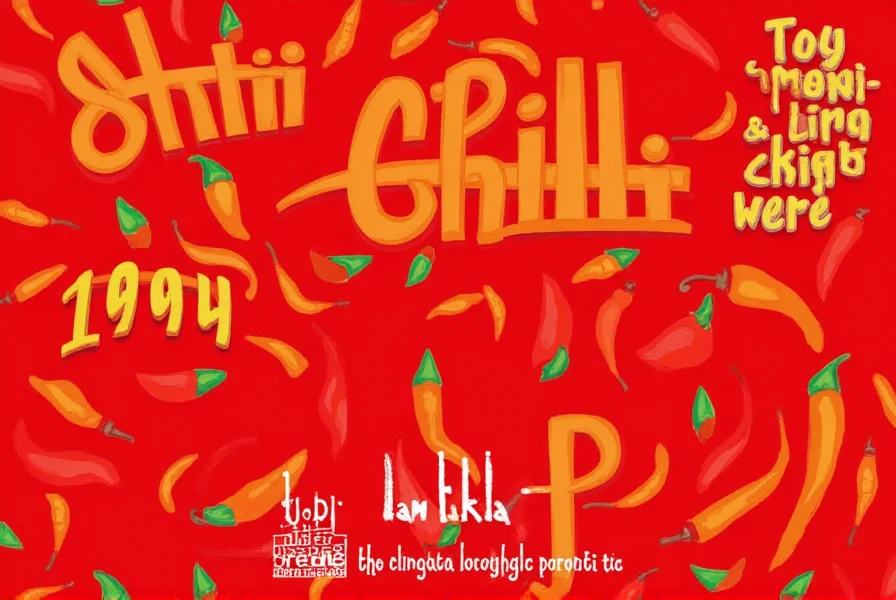
These elements come together to create the distinct character of each chili. So, even if two chilies are from the same plant, slight differences in growing conditions or preparation can lead to very different experiences.
Practical Tips for Cooking with Chili
Whether you're a beginner or an expert, here are some practical tips to help you get the most out of your chili:
- Start Small: If you're new to spicy food, begin with milder chilies like jalapeños or poblano peppers. You can always add more heat later.
- Wear Gloves: Capsaicin can linger on your skin, so wear gloves when handling fresh chilies to avoid accidental burns.
- Use Fresh vs. Dried: Fresh chilies offer a brighter, more vibrant flavor, while dried ones are more concentrated and smoky.
- Balance with Sweetness: Add a touch of sugar or honey to counteract the heat and bring out the natural sweetness of the chili.
- Experiment with Pairings: Try combining chilies with ingredients like tomatoes, onions, garlic, or citrus to create complex flavor profiles.
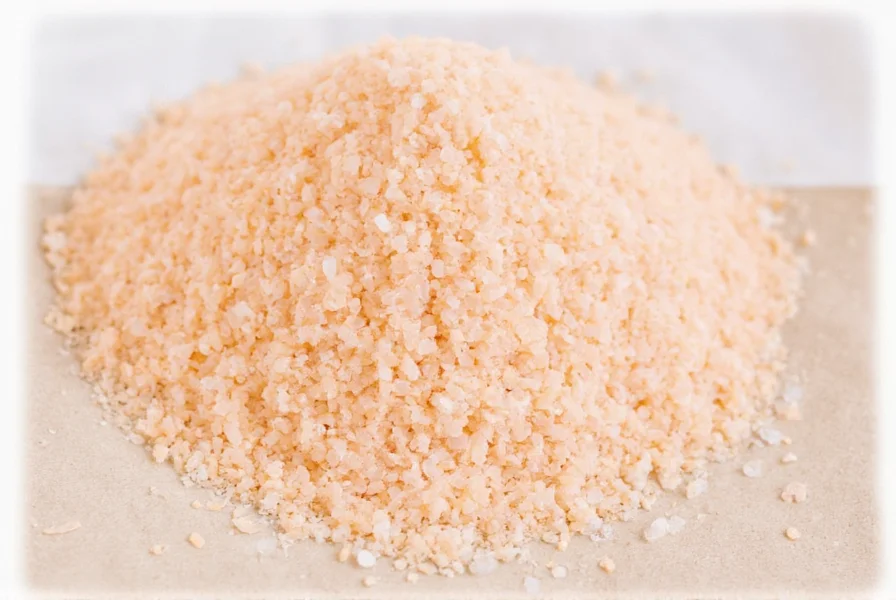
Remember, chili is a versatile ingredient that can elevate many dishes—from salsas and stews to marinades and sauces. With a little practice, you'll learn how to control the heat and unlock the full potential of this fiery favorite.
Buying Guide: Choosing the Right Chili
When it comes to purchasing chilies, there are several factors to consider. Here’s a guide to help you find the right chili for your needs:
Key Features to Look For
- Heat Level: Choose based on your tolerance. Beginners may prefer jalapeños or poblanos, while experienced cooks might go for ghost peppers or habaneros.
- Flavor Profile: Consider the taste—some chilies are sweet, others are smoky or fruity.
- Form: Fresh, dried, powdered, or canned—each has its own uses and benefits.
- Source: Organic, locally grown, or imported—quality can vary depending on where the chili is from.
Recommended Products
- Jalapeño Peppers (Fresh): Great for beginners, mild heat, and widely available. Ideal for salsa, tacos, and grilled dishes.
- Habanero Powder: Intense heat with a smoky, fruity flavor. Perfect for making hot sauces or adding depth to soups and stews.
- Ghost Pepper Pods (Dried): Extremely hot and intensely flavorful. Best used sparingly in curries, chili recipes, or spice blends.
- Cayenne Pepper (Ground): A versatile option with moderate heat. Excellent for seasoning meats, vegetables, or homemade chili powder.
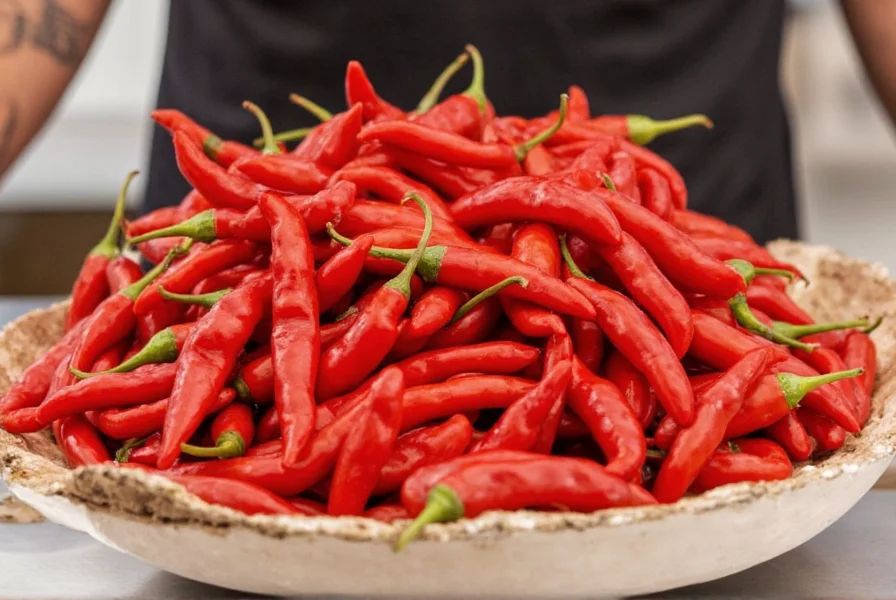
When choosing chilies, think about your recipe, your spice tolerance, and the flavor you want to achieve. A good chili can transform a simple dish into something unforgettable.
Conclusion
In summary, what makes chili chili is a fascinating mix of science, tradition, and personal preference. From the capsaicin that gives it its heat to the countless varieties that offer unique flavors, chili is a spice that continues to captivate and inspire. Whether you're experimenting in the kitchen or simply enjoying a spicy meal, understanding the nuances of chili can deepen your appreciation for this incredible ingredient.
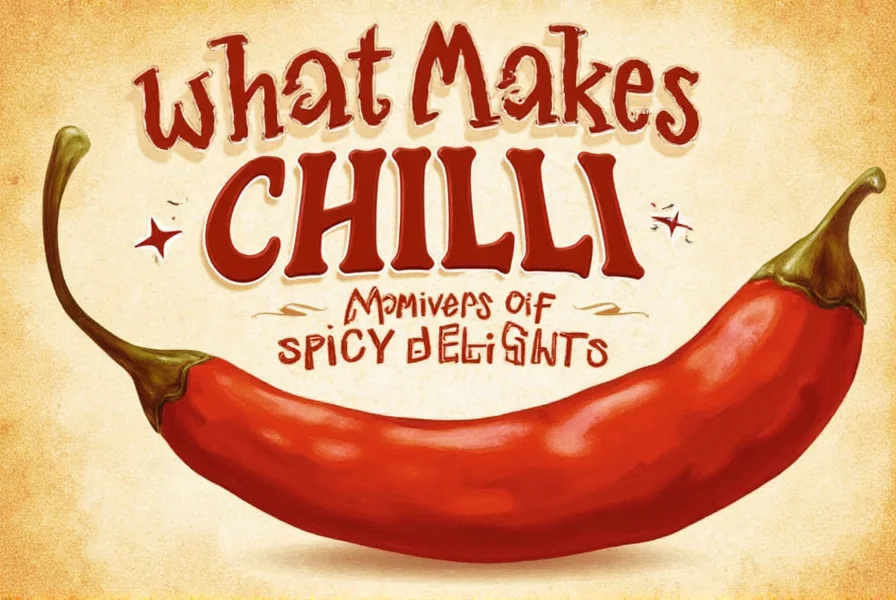
Next time you reach for a chili, remember that it’s more than just heat—it’s a story of culture, chemistry, and flavor. And who knows? You might just discover your new favorite spice along the way.
So, what makes chili chili? It’s the blend of heat, flavor, and tradition that makes every bite unforgettable.

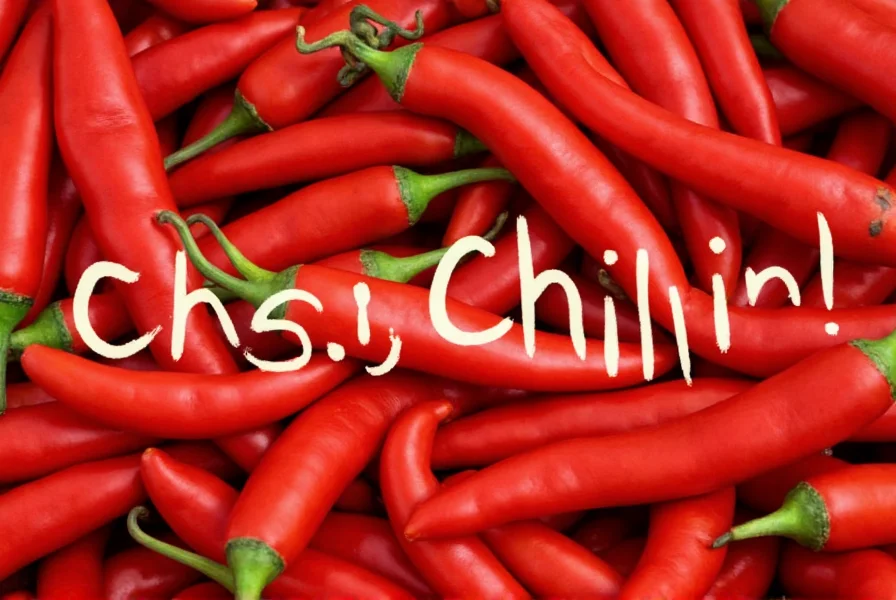









 浙公网安备
33010002000092号
浙公网安备
33010002000092号 浙B2-20120091-4
浙B2-20120091-4